In structured literacy, we need to use multi-sensory teaching. It often isn’t talked about as much, but it is very important for all our learners.
Find more information our Dyslexia Resources or Structured Literacy Series.
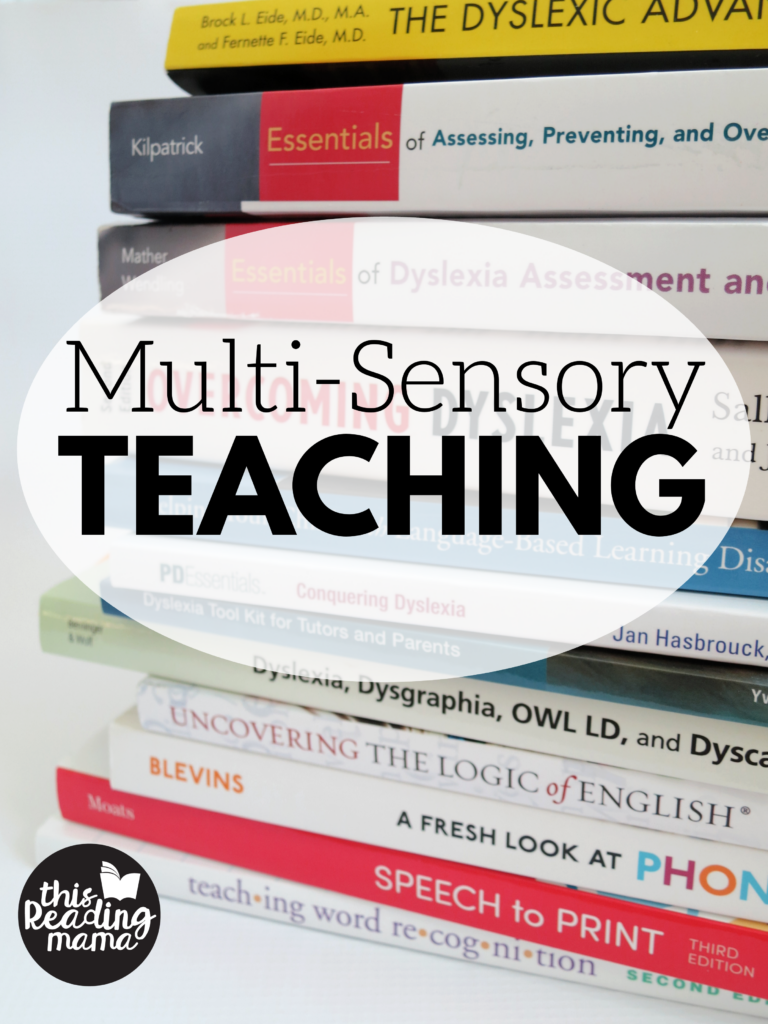
What is Multi-Sensory Teaching?
Multi-sensory teaching allows learners to participate in their learning by looking, listening, talking, and doing. We often call these three modes of learning visual, auditory, and tactile/kinesthetic.
To take it a step further, simultaneous multi-sensory teaching means our learners are looking, listening, talking, and doing all in the same lesson.
Why Do We Want to Use Multi-Sensory Teaching?
We all probably know the feeling of trying to grasp a concept that is difficult for us but “easy” for the person teaching it.
As we sit and listen, all may sound a bit like Charlie Brown’s teacher. The information goes in one ear and out the other. If we’re completely honest, it may rarely even go in the first ear!
This is often how our learners with dyslexia often feel about concepts we may deem as “easy.” In order for them to make meaningful connections with what we teach, we must use multi-sensory teaching. We want our kids actively participating in their learning.
We do this by using visual aids, interacting with manipulatives, and discussing things explicitly together.

Think of the brain as a highway system, with lots of on and off ramps. There can be multiple ways to get to one location. If there’s heavy traffic on the interstate, you might grab your phone and find an alternate route, right?
Learning happens in much the same way.
But for most of our struggling readers, their brain has a traffic jam on one of the roads, and they’ve left their phone at home. If we continue to teach into that traffic jam, we aren’t going to get through to the other side. We want to help them find an alternate route or two.
Multi-sensory teaching can help us find other routes in the brain so that learners can make meaningful connections with the information.
4 Practical Ideas for Teaching
1. Use Visual Aids
Use posters, folders, and other helpful visuals to help your learners remember vocabulary, phonics sounds, or the steps of a process you’ve already explicitly taught.
One word of caution is to use your wall space wisely! We don’t want to clutter the wall so much that it’s overwhelming to our learners. Be sure to pick those visual that are needed most and will be the most beneficial for your learners.
Graphic organizers, for reading comprehension or writing {like the free ones in our Teaching Text Structure Series or our S.C.O.O.P. fiction retelling chart} are another visual tool you should use.
2. Let them DO it
Get out the magnetic letters, letter tiles, or base ten blocks. Allow learners to be actively involved, touching and feeling to build an understanding of how things work. Getting learners to write letters or words is also tactile.
Learning typically starts with concrete concepts and moves to more abstract concepts, so touching and feeling is VERY important, especially when first learning a concept, no matter the age of the learner!
If you teach older learners, organize your teaching visuals in a way that allows for easy note-taking. You could even provide a note-taking template, a visual. The act of writing down important concepts is important for all your learners, and actually uses all three modalities {listening to you-auditory, looking at your presentation/slides-visual, writing it down-visual & kinesthetic}.
3. Encourage Learners to Vocalize
For me, this one is particularly true of letter sounds and phonemic awareness.
I could tell learners until I’m blue in the face about the differences between b and p, th and f, or short e and short a, but when learners can “feel” it in their mouth for themselves by vocalizing it, the connection comes much stronger than just listening to me yap about them.

When learners are spelling words, allow them to vocalize or tap out the sounds. No, you won’t have a perfectly quiet learning space, but you’ll have kids who are getting a deeper understanding of the concepts you are teaching.
4. Encourage Discussions
Good teaching isn’t just filling our learners up with knowledge. We should allow them to interact with the content through meaningful discussions.
Maybe you’re discussing when a phonics rule is broken.
Maybe you’re discussing why you think the character did something in the story.
Or maybe your learners are asking a question about a misunderstanding.
Give learners the time to discuss with you/other peers AND create a learning environment where it’s safe and encouraged to ask questions if they are confused.
More Posts in this Series
Enjoy teaching!
~Becky

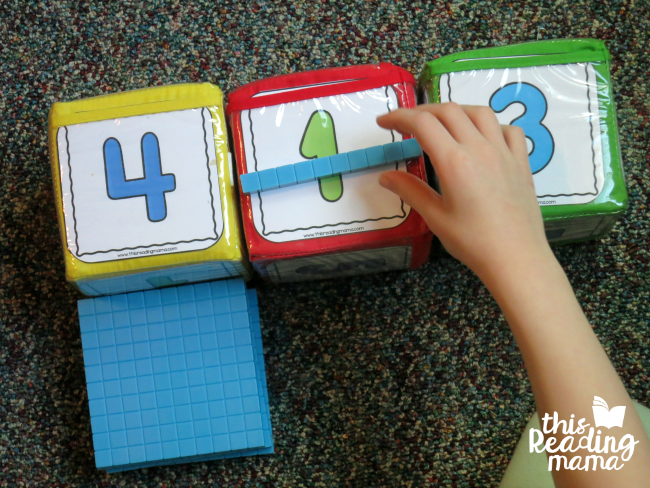
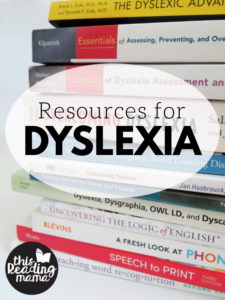
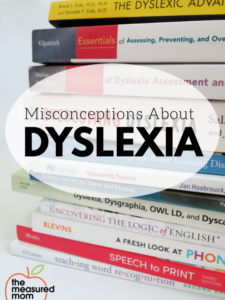
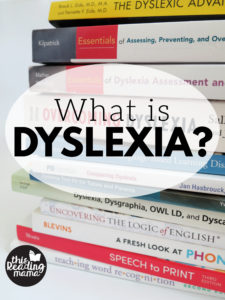

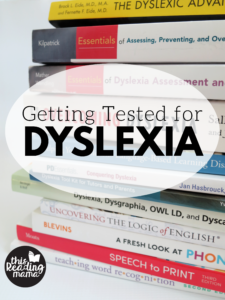
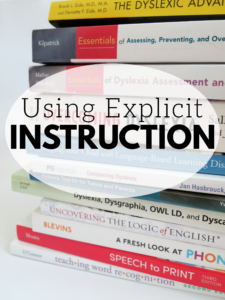
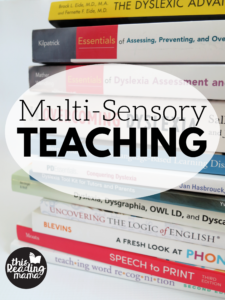
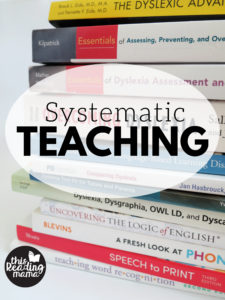
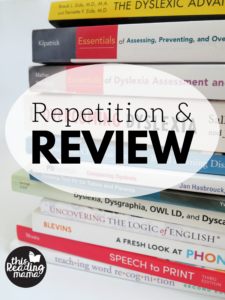
Thank you for sharing this incredible information. My six year old daughter is dyslexic and we also homeschool so this resource and the rest you shared are very very appreciated.
Be blessed & be safe.
♡
I’m so glad to hear this has helped your daughter! It brings me joy to know I’ve helped others!
Curious where you received your Certification.
I got mine at Southern New Hampshire University. I love that their professors are those who teach at the Landmark School there, which serves children who have learning differences.